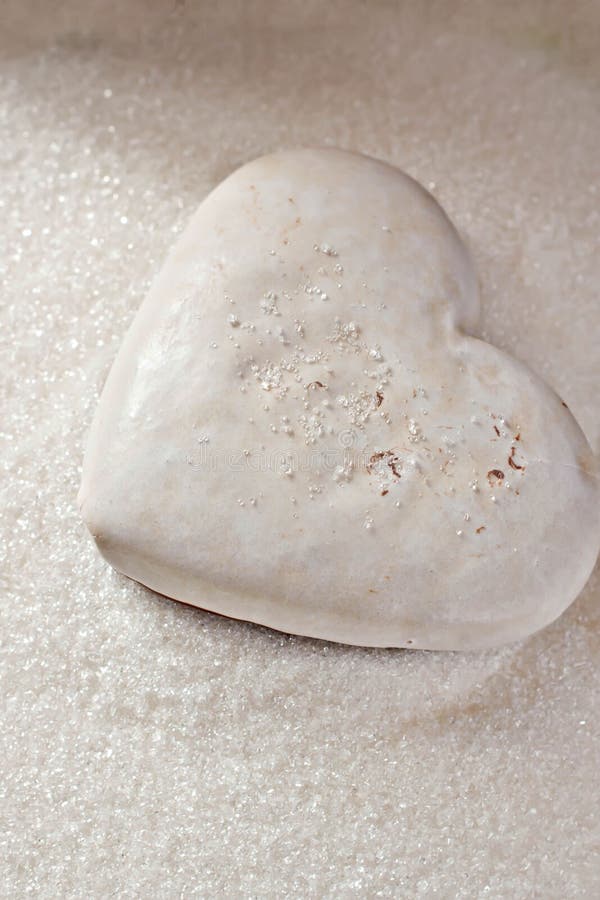
He had his first public exhibition at the Municipal Theatre in Figueres in 1918, a site he would return to decades later. The next year, Dalí's father organized an exhibition of his charcoal drawings in their family home. ĭalí attended the Municipal Drawing School at Figueres in 1916 and also discovered modern painting on a summer vacation trip to Cadaqués with the family of Ramon Pichot, a local artist who made regular trips to Paris. During holidays at the Catalan resort town of Cadaqués, the trio played football together. His childhood friends included future FC Barcelona footballers Emili Sagi-Barba and Josep Samitier. In 1949, she published a book about her brother, Dalí as Seen by His Sister. ĭalí also had a sister, Anna Maria, who was three years younger. Images of his brother would reappear in his later works, including Portrait of My Dead Brother (1963). Dalí said of him, " resembled each other like two drops of water, but we had different reflections." He "was probably the first version of myself but conceived too much in the absolute". ĭalí was haunted by the idea of his dead brother throughout his life, mythologizing him in his writings and art.

Dalí later attributed his "love of everything that is gilded and excessive, my passion for luxury and my love of oriental clothes" to an "Arab lineage", claiming that his ancestors were descendants of the Moors. In the summer of 1912, the family moved to the top floor of Carrer Monturiol 24 (presently 10). His father, Salvador Luca Rafael Aniceto Dalí Cusí (1872–1950) was a middle-class lawyer and notary, an anti-clerical atheist and Catalan federalist, whose strict disciplinary approach was tempered by his wife, Felipa Domènech Ferrés (1874–1921), who encouraged her son's artistic endeavors. Dalí's older brother, who had also been named Salvador (born 12 October 1901), had died of gastroenteritis nine months earlier, on 1 August 1903.

Salvador Dalí was born on, at 8:45 am, on the first floor of Carrer Monturiol, 20 in the town of Figueres, in the Empordà region, close to the French border in Catalonia, Spain. The Dalí family in 1910: from the upper left, aunt Maria Teresa, mother, father, Salvador Dalí, aunt Caterina (later became the second wife of father), sister Anna Maria and grandmother Anna There are two major museums devoted to Salvador Dalí's work: the Dalí Theatre-Museum in Figueres, Spain, and the Salvador Dalí Museum in St. His life and work were an important influence on other Surrealists, pop art and contemporary artists such as Jeff Koons and Damien Hirst. His public support for the Francoist regime, his commercial activities and the quality and authenticity of some of his late works have also been controversial. To the dismay of those who held his work in high regard, and to the irritation of his critics, his eccentric and ostentatious public behavior often drew more attention than his artwork. Major themes in his work include dreams, the subconscious, sexuality, religion, science and his closest personal relationships. He also wrote fiction, poetry, autobiography, essays and criticism. ĭalí's artistic repertoire included painting, graphic arts, film, sculpture, design and photography, at times in collaboration with other artists. He returned to Spain in 1948 where he announced his return to the Catholic faith and developed his "nuclear mysticism" style, based on his interest in classicism, mysticism, and recent scientific developments.

Dalí lived in France throughout the Spanish Civil War (1936 to 1939) before leaving for the United States in 1940 where he achieved commercial success. His best-known work, The Persistence of Memory, was completed in August 1931, and is one of the most famous Surrealist paintings. He moved closer to Surrealism in the late 1920s and joined the Surrealist group in 1929, soon becoming one of its leading exponents. Influenced by Impressionism and the Renaissance masters from a young age he became increasingly attracted to Cubism and avant-garde movements.

Salvador Domingo Felipe Jacinto Dalí i Domènech, Marquess of Dalí of Púbol gcYC ( / ˈ d ɑː l i, d ɑː ˈ l iː/ Catalan: Spanish: – 23 January 1989) was a Spanish surrealist artist renowned for his technical skill, precise draftsmanship, and the striking and bizarre images in his work.īorn in Figueres, Catalonia, Spain, Dalí received his formal education in fine arts in Madrid.


 0 kommentar(er)
0 kommentar(er)
